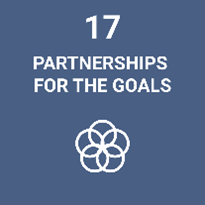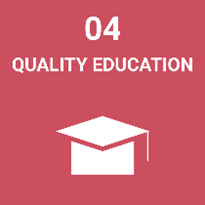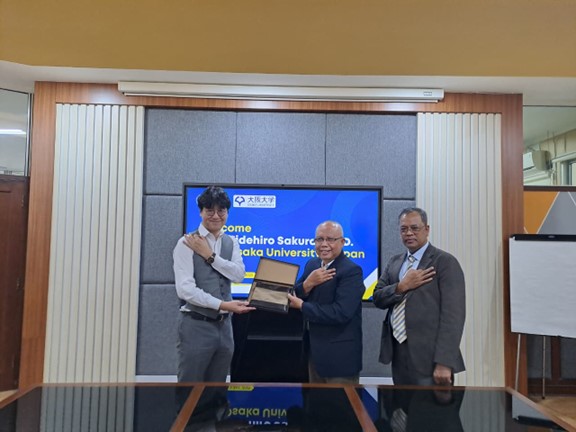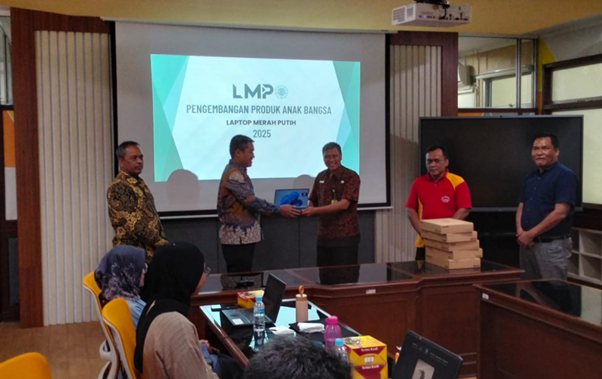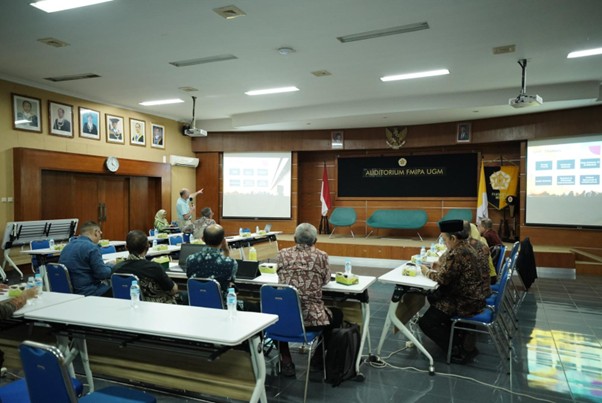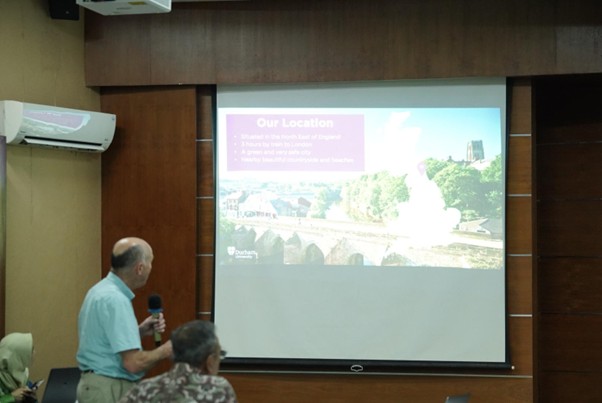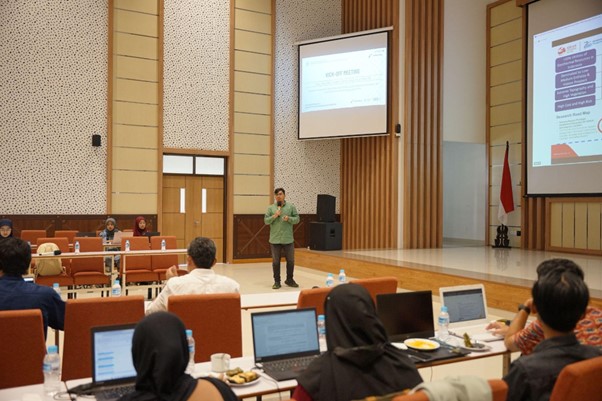
Masa Depan Tambang Indonesia: Sinergi AI, Data, dan Energi Baru
JAKARTA, Industri pertambangan nasional menghadapi momentum transformasi vital di tengah volatilitas pasar global. Tidak lagi sekadar mengandalkan cadangan sumber daya, masa depan sektor ini bertumpu pada kecerdasan digital dan kemandirian teknologi. Isu strategis ini menjadi fokus utama dalam forum “Mining Full Technology” yang digelar oleh Fakultas Matematika dan Ilmu Pengetahuan (FMIPA) UGM, Keluarga Alumni FMIPA UGM, berkolaborasi bersama Djakarta Mining Club di Auditorium Indonesia Power, Jakarta, 28 November 2025.
Membuka perspektif pemerintah, Direktur Pembinaan dan Pengusahaan Batubara, Surya Herjuna, yang mewakili Menteri ESDM, menegaskan komitmen pemerintah dalam digitalisasi sektor tambang. Ia memberikan apresiasi tinggi terhadap Minerba One, super aplikasi terintegrasi hasil kolaborasi dengan FMIPA UGM, yang dinilai sebagai bukti nyata kontribusi akademisi dalam mewujudkan tata kelola minerba yang transparan dan akuntabel.
Dukungan institusional turut disuarakan oleh Wakil Rektor UGM Bidang Pendidikan dan Pengajaran, Dr. Danang Sri Hadmoko, S.Si., M.Sc., yang hadir menegaskan dukungan penuh universitas terhadap kolaborasi ini sebagai langkah konkret hilirisasi riset ke dunia industri.
Menjabarkan peran strategis kampus, Dekan FMIPA UGM, Prof. Dr. Eng. Kuwat Triyana, M.Si., mengajak korporasi tambang untuk mengubah paradigma riset. “Perusahaan tidak perlu menanggung beban investasi fasilitas riset yang mahal dan dari nol. Jadikan FMIPA UGM mitra R&D (Research and Development) strategis Anda,” tegas Prof. Kuwat. Ia memaparkan kesiapan fakultas menyediakan solusi teknologi hulu-hilir, dengan berbagai pengalaman dari sistem AI untuk deteksi geologis dan optimalisasi operasional.
Diskusi forum juga menyoroti riset strategis mengenai potensi hilirisasi isotopik berbasis nikel dan thorium dari limbah timah. Inovasi ini berpotensi menjadi kunci pengembangan baterai berukuran kecil yang mampu beroperasi dalam jangka waktu panjang.
Memperkaya perspektif ekosistem industri, forum ini turut menghadirkan pembicara ahli dari Vale, MIND ID, PLN Enjinering, Gowell Energy, dan Red Hat. Para pemangku kepentingan ini membedah kesiapan infrastruktur energi dan digital, menegaskan perlunya integrasi dan riset AI yang solid antara korporasi tambang dan penyedia teknologi.
Terkait strategi adopsi teknologi, Ketua Umum KAMIPAGAMA, Daniel Oscar Baskoro, menekankan bahwa inisiatif ini harus berorientasi pada profitabilitas. “Kemitraan R&D dengan kampus memastikan pemanfaatan AI dapat dikonversi menjadi keuntungan finansial perusahaan tambang melalui efisiensi biaya dan operasional yang presisi, sehingga teknologi berdampak langsung pada bottom line perusahaan,” tegas Oscar.
Menutup diskusi, Ketua Djakarta Mining Club, Mangantar S. Marpaung, menyoroti kebutuhan lapangan. “Pemanfaatan teknologi cerdas dan AI sangat dibutuhkan untuk menjawab kendala geografis di medan tropis yang sulit, sekaligus membereskan kompleksitas administrasi operasional yang selama ini membebani industri,” pungkasnya.
Forum ini menyimpulkan bahwa kedaulatan pertambangan masa depan Indonesia akan ditentukan oleh aksi dan kolaborasi yang solid, mengantarkan Indonesia menjadi pemain kunci industri pertambangan cerdas global.
Narahubung : setdekan.mipa@ugm.ac.id
Sumber: https://kumparan.com/kumparanbisnis/26Li7qzh9xY/full?utm_source=App&utm_medium=wa&shareID=KCeS6MMWbtJF
Foto: Muhamad Muhibudin Zain
